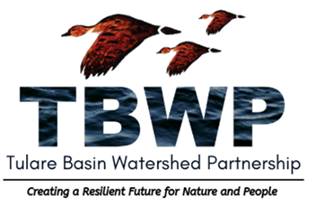Maps
The Tulare Basin Wildlife Partners, as the fiscal agent of the Tulare Basin Watershed Initiative, is currently seeking grant and in-kind support of a large-scale project to provide a comprehensive, interactive mapping application to serve the Tulare Basin IRWMs and other Tulare Basin natural resources managers as they plan multi-benefit projects that improve watershed health and quality of life in the Tulare Basin. Please contact us if you have suggestions.
Please check back for updates on this process.
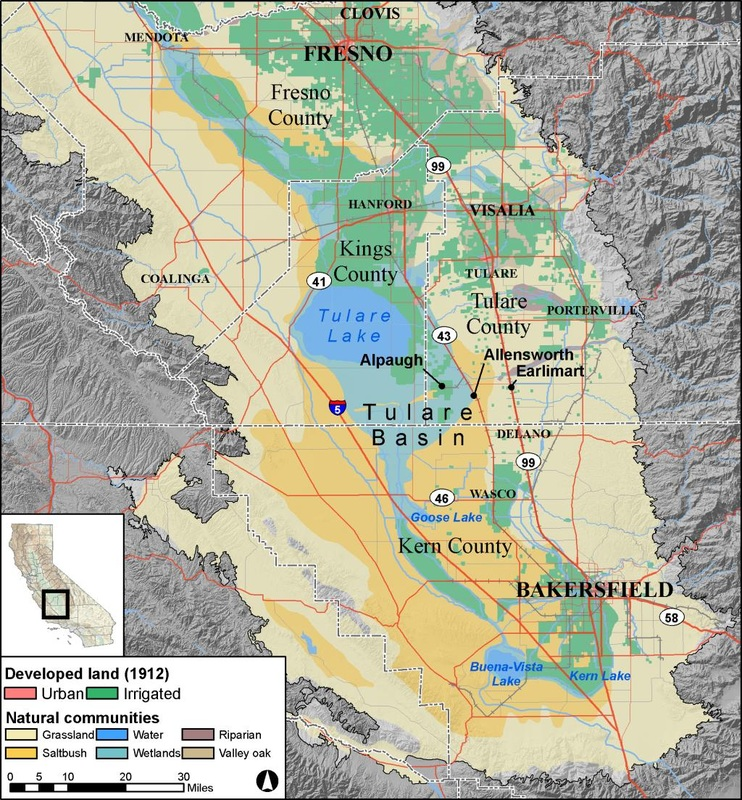
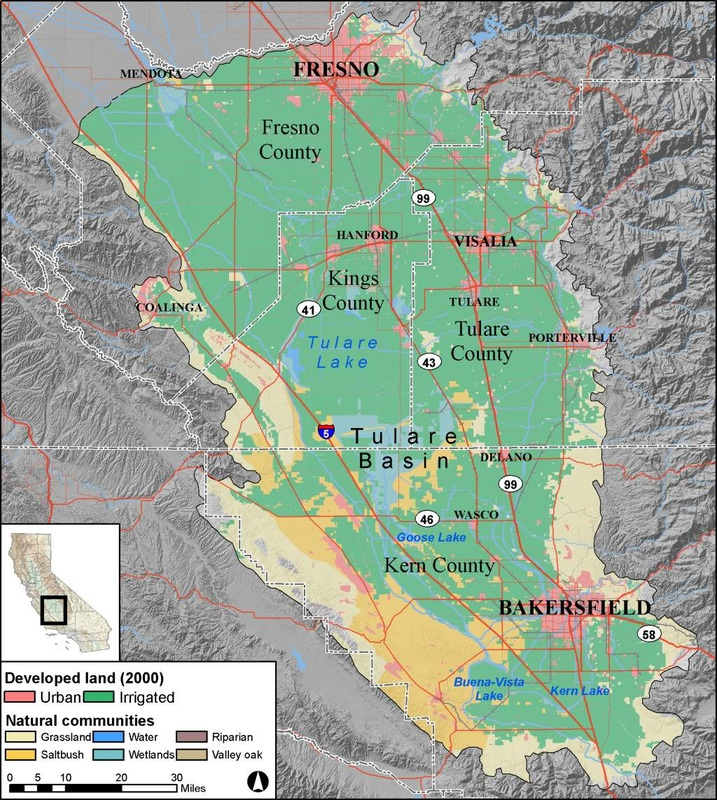

Link to online map: http://cwi.csufresno.edu/DACs/SJR_Tule_DAC_Crd.htm
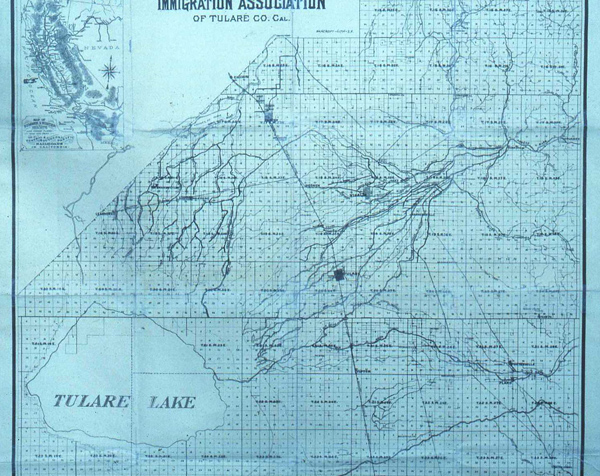
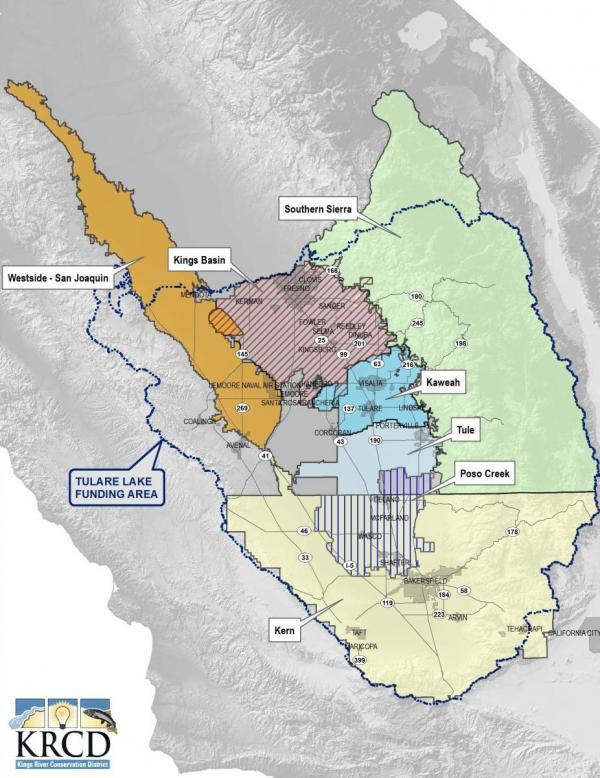
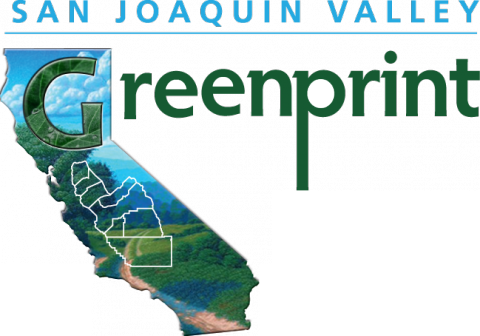
The San Joaquin Valley Greenprint is a voluntary, stakeholder-driven project that provides agricultural, water, and environmental leaders with improved planning data and fosters regional collaboration on strategies that prioritize resource sustainability while enhancing economic prosperity. It focuses on the challenges and opportunities in non-urban land use planning, and how those rural decisions shape the region’s economy and environment.
The SJV Greenprint provides the following:
- Map Database
- Regional Planning Forums
- Conservation Vision
Visit: http://sjvgreenprint.ice.ucdavis.edu/
